The Colecovision Lives!
One of the most exciting moments of my childhood was during the Christmas of 1981. Let me set the stage:
We lived in a small, seaside town close to Groton, Connecticut. Video games were all the rage back then. My friends and I made weekly sojourns to the local arcade to dump quarters in games like “Spy Hunter”, “Donkey Kong” and “Pole Position”. Dinner at the local “Pizza Hut” brought with it the guarantee of playing a few rounds of the table-top version of “Donkey Kong” or “Ms. PacMan” while mom and dad had some time to themselves.
While playing arcade games at public places was no doubt a lot of fun, I wanted more. Many of my friends already had the Atari 2600. It was a good system, but the graphics were definitely inferior to the arcade. Still, it sufficed.
But then, everything changed.
While I can’t remember when I first heard about the Colecovision, I do remember being aware of it from a commercial on television. Specifically this one:
12-year old me was blown away by the Colecovision’s graphics. “Donkey Kong” was already one of my favorites, and the Colecovision port looked just like the version I was familiar with at the arcade.
I knew I needed it.
For many months after seeing that commercial, I kept hounding my parents to buy me a Colecovision. During the holiday season of 1981, my parents finally relented. We were at Caldor’s, a large department store chain (now defunct). I remember excitedly leading with my parents to the electronics section of the store and clutching the Colecovision box with my kung fu grip. My parents needed convincing. They were reluctant to buy a video game console. But the Colecovision had the promise of turning into a computer with an add-on module (Remember the ADAM?) – and that’s what finally sold them on buying it for me. (Either that, or they were probably tired of my constant bugging.) The feeling of excitement as my parents wheeled the shopping cart carrying my precious Colecovision was on par with the day my parents bought me my first bicycle.
In short, I loved my Colecovision.
I was a loyalist. I played “Donkey Kong”, “Donkey Kong Jr.”, “Mr. Do” and other Colecovision staples non-stop. In middle school, we would trade cartridges during our lunch period. Through trading, I played “Smurfs”, “Zaxxon”, and “Mouse Trap”. All was great in the world.
And then the great Video Game Crash of 1983 happened.
I was crushed. Consoles and games were being liquidated and cleared out. I felt angry and betrayed, not knowing the full story of what was happening at the time in the industry. Like my friends, I felt like the rug had been pulled out on me.
A few years later, several of my friends moved on to the Nintendo NES. But not me. I was a die-hard Colecovision guy. And, if I may be so bold to type this, I think I still am.
Why? For starters, I still have my system. And I still have nostalgic feelings associated with the many, many marathon sessions of playing games on it.
I felt compelled to write this because the Colecovision was one of the many items I brought back with me from my parents’ place in July. It’s still in great shape, being tucked away in my old closet for the better part of 30 years. After blowing out the dust and wiping the unit down with a few Clorox wipes, the Colecovision was ready to party like it was 1982.
But would it work? And if it did, would it work on a modern flat screen TV?
I lost the game switcher A/B box for this thing years ago. But all was not lost. For about $6.25, I was able to pick up an RF TV adapter from Amazon.
With it, I would be able to connect the Colecovision up to our Samsung flatscreen TV.
Installation was a breeze: just attach the RF adapter to the Colecovision’s TV input cable and plug it into the coax input on the back of the TV.
Now, the moment of truth was at hand. I popped in the Donkey Kong cartridge, dutifully set the Samsung TV to Channel 3 and flipped the Colecovision’s ON/OFF switch.
Within milliseconds I was staring at the familiar Colecovision intro screen. Despite the slight grain on the screen due to the age of the machine, I was happy. My Colecovision lived again!
I held the familiar Coleco game controller in my hand, just like the old days.
Right off the bat, there were calibration problems with the controller; it would automatically move the character to the right – regardless of my input. The jump buttons were mushy, triggering on every second or third attempt.
I powered the unit down and dismantled the controller, hoping to clean and fix the problem. Cleaning the controller did not help. After reassembly, the problem continued. The second Colecovision game controller had a similar issue.
After a few more attempts, I gave up. The nostalgia I had for my Colecovision was replaced by the cold, bitter reality that I may never get to play my favorite classic video games again. After all, there are no new Colecovision controllers to be had, and without controllers – well, what’s the point? I quietly packed the unit back up and wistfully placed it back in my closet. Perhaps, it was never meant to be…
And then I remembered I had a Raspberry Pi…
(to be continued…)
-Krishna
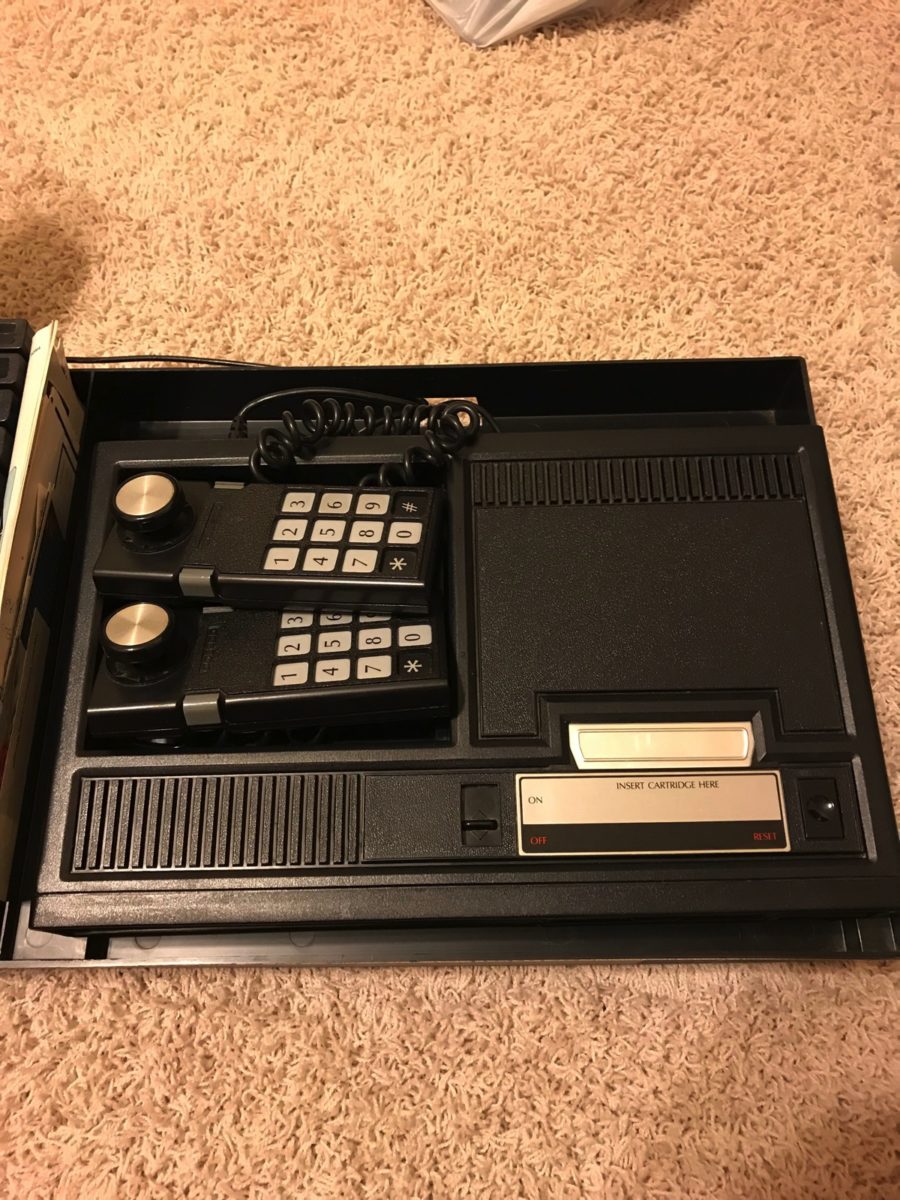
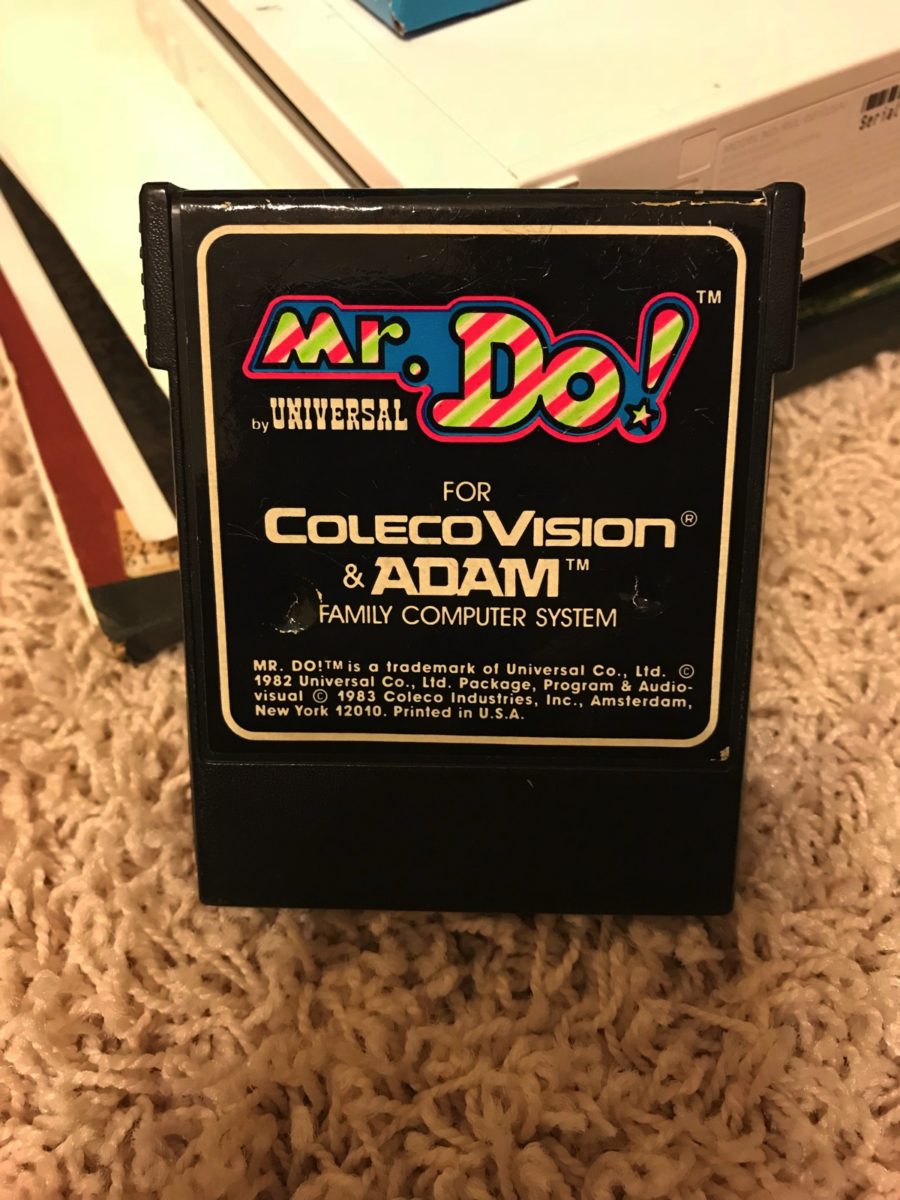
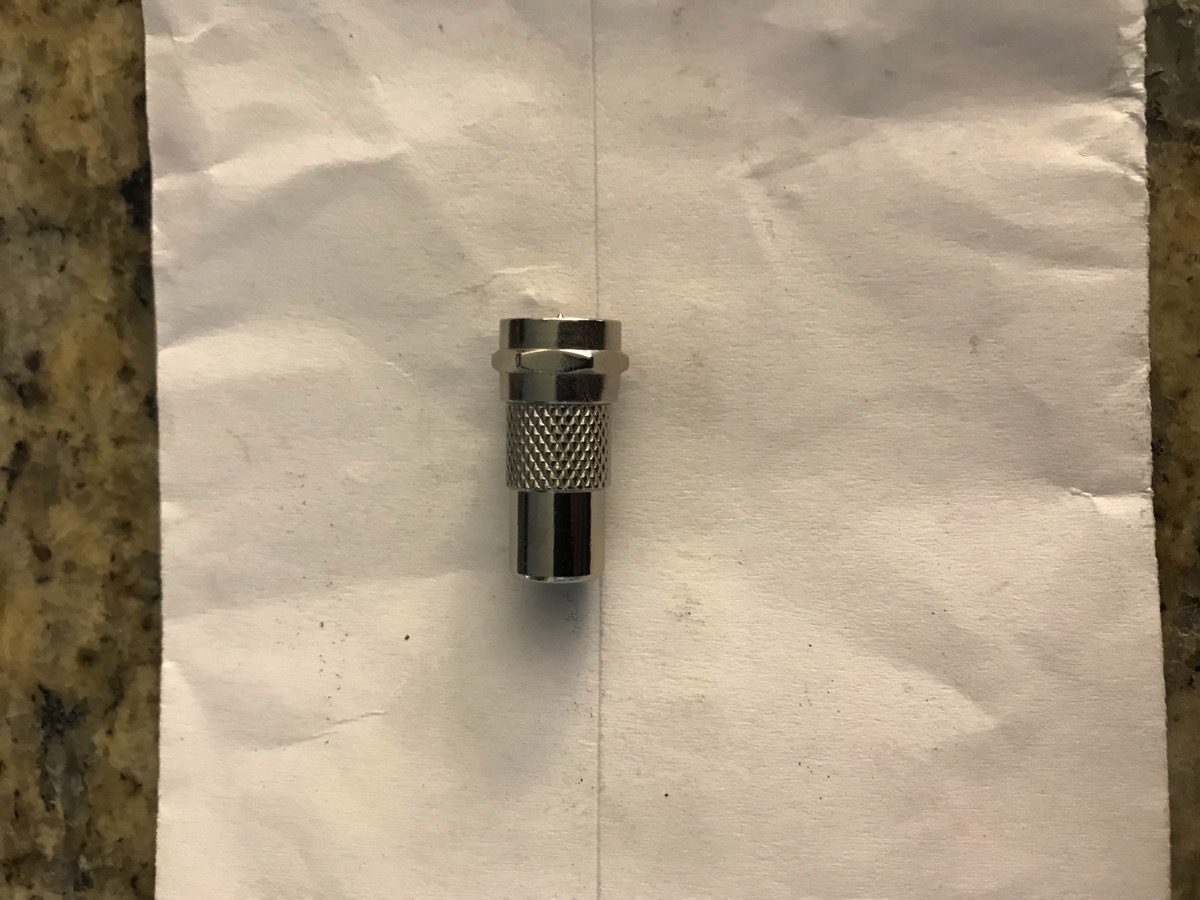
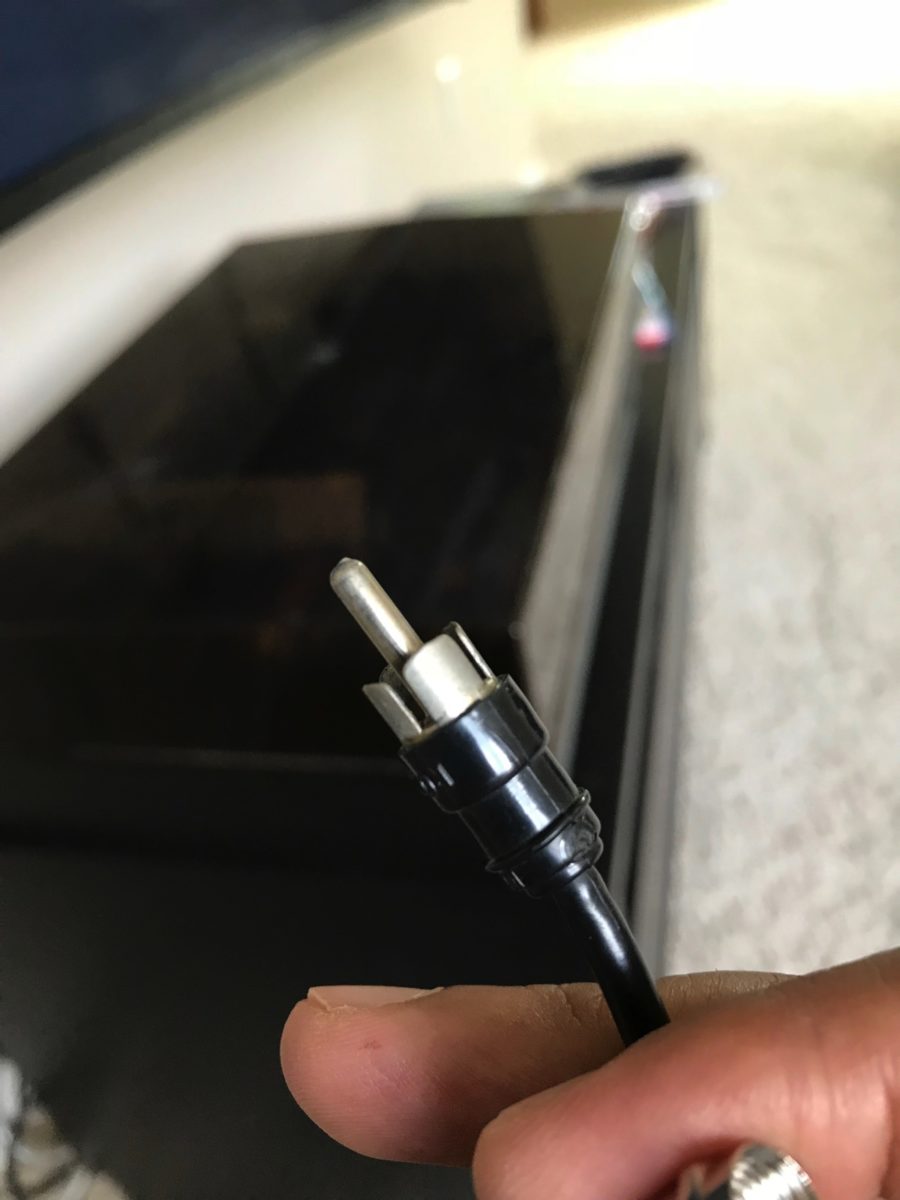
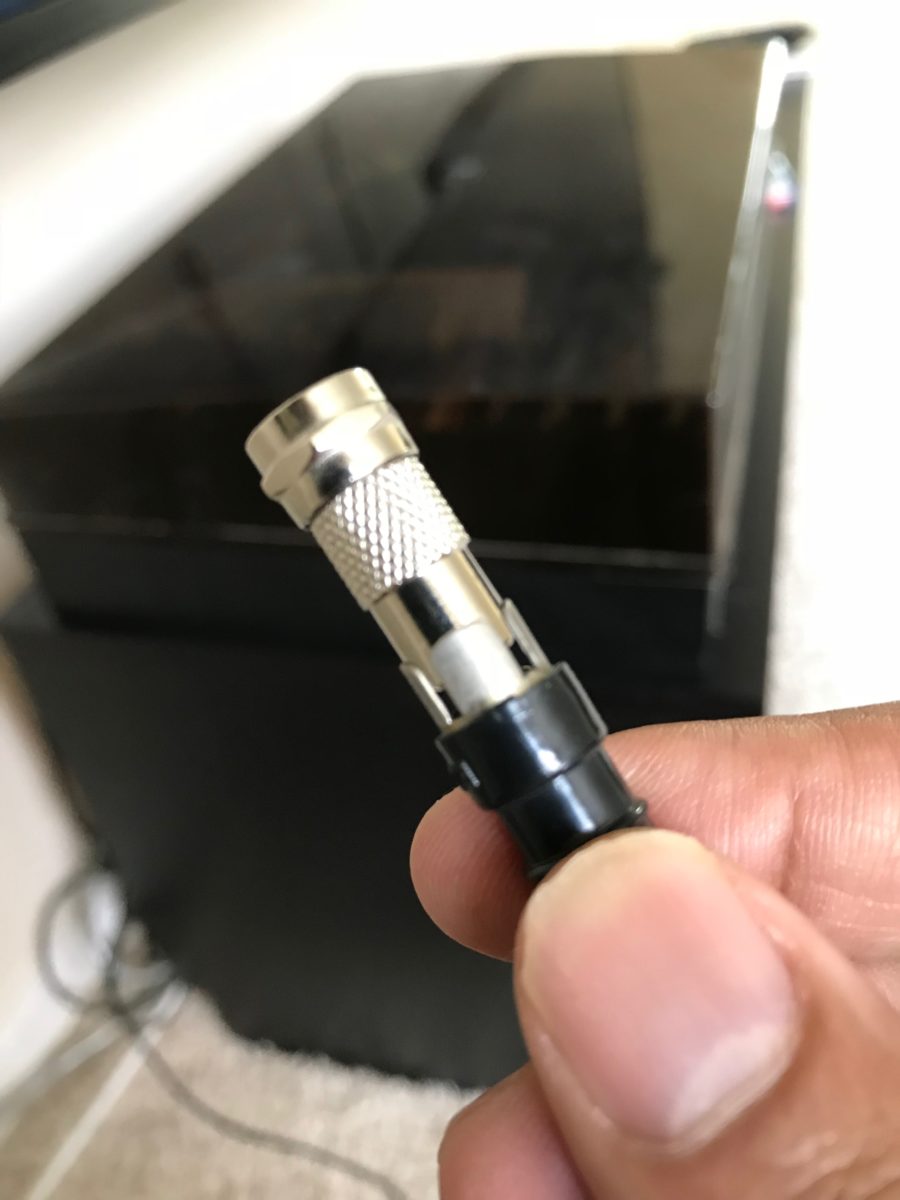
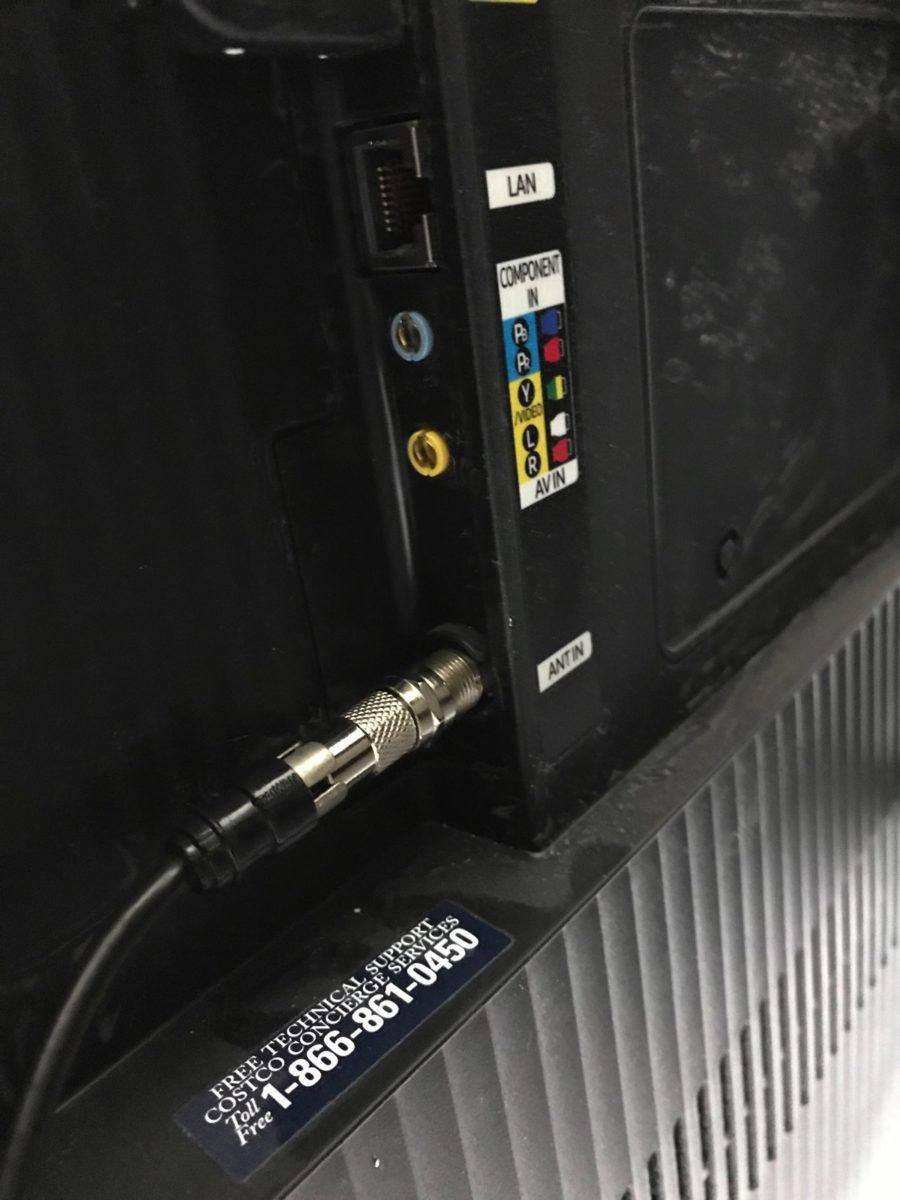




qka
July 27, 2017 at 12:38 pmProblems with BOTH controllers?
I might suspect either
1) The ColecoVision unit itself, or
2) the digital TV setup.
You might pick up an old school analog TV at a garage sale, or even for free from someone looking for anyone to take it off their hands. (And truth be told, that’s what I’m still using – I don’t watch enough TV to make it worth upgrading. So they’re out there.)
The unit itself will be harder to resolve. But I think that’s why there will be Part II/
Krishna
July 28, 2017 at 8:14 amThat’s a possibility. If the problem is with the unit itself then it’s probably beyond me to apply a fix. I remember having problems with the original controllers and upgraded to a different joystick (WICO) a few years after first buying my Coleco. Sadly, the WICO joystick had problems as well (worn contacts).